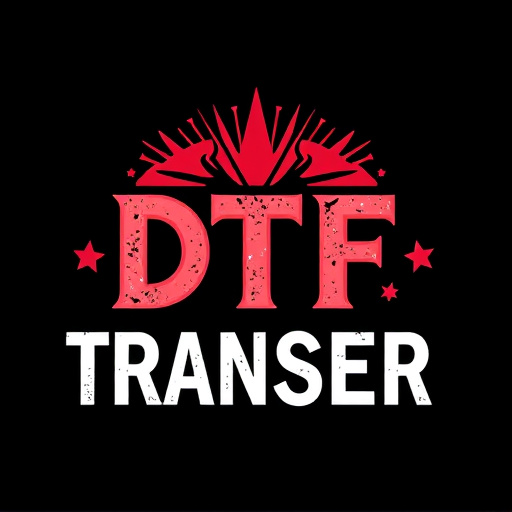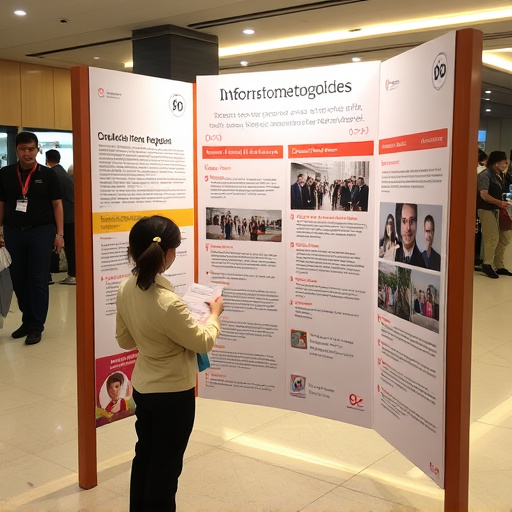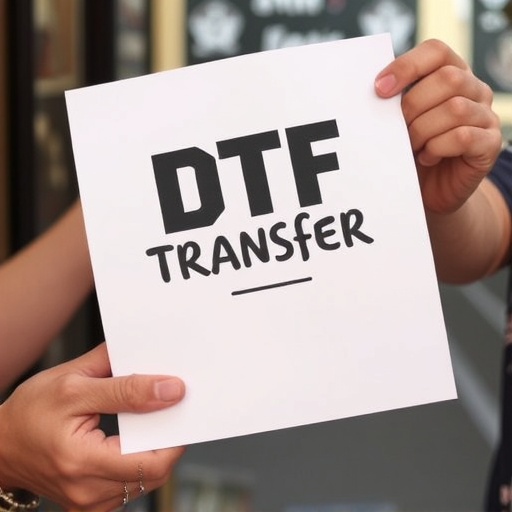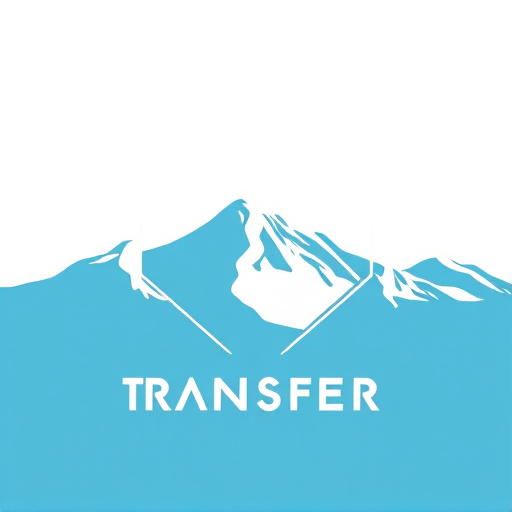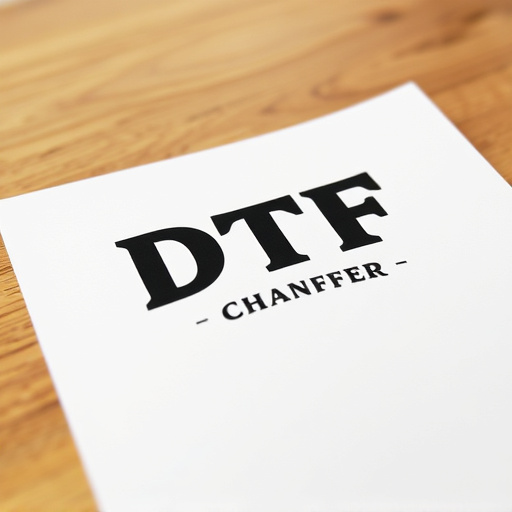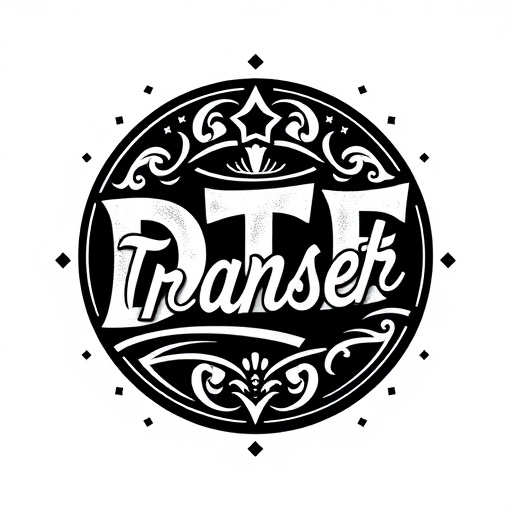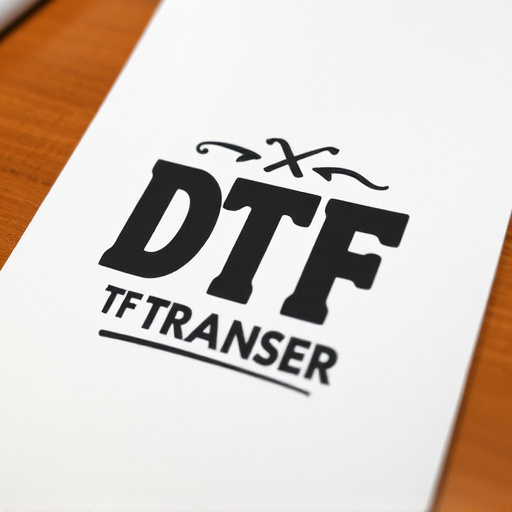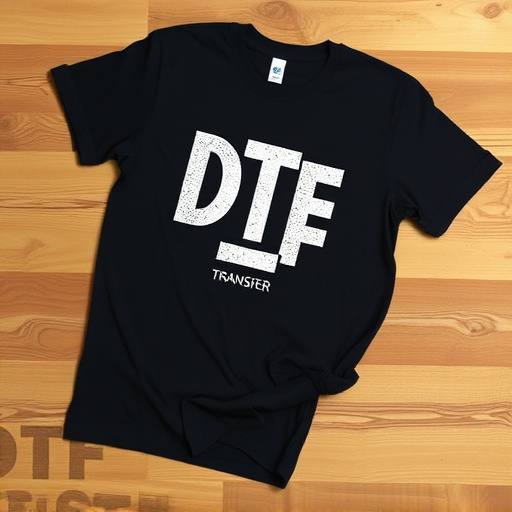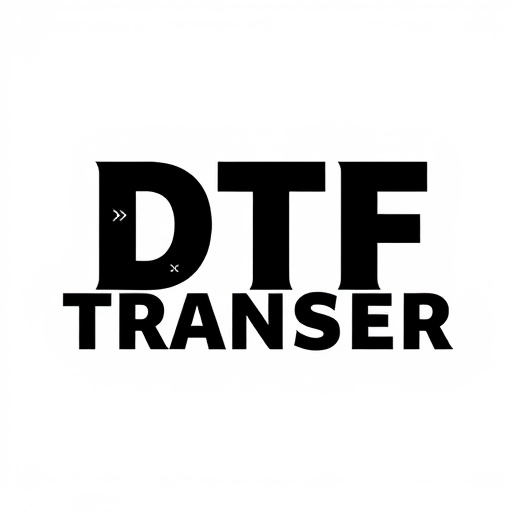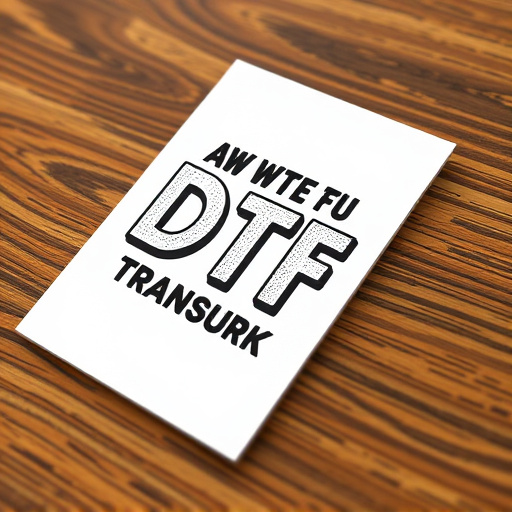Direct-to-Film (DTF) transfers are revolutionizing visual creation with their advanced laser engraving and printing technology. This method directly applies designs to various surfaces like glass, metal, and wood, offering speed, efficiency, and vibrant colors for small batches or urgent requests. Specialized software optimizes designs for quick processing, while quick-ship options reduce lead times for dynamic markets. When choosing a DTF service provider, look for high-quality prints, advanced technologies, and excellent customer service. For best results, prepare designs with clean lines and minimal background noise, and balance turnaround time with shipping costs during ordering. Effective implementation requires accurate equipment, regular maintenance, proper materials, and a clean environment.
“Unleash the speed of direct-to-film (DTF) transfers with quick-ship options for seamless order fulfillment. This article explores the benefits and intricacies of integrating fast DTF printing into your workflow. From understanding the fundamentals of DTF technology to choosing the ideal service provider, we’ll guide you through each step. Learn about optimizing design preparation, managing turnaround times, and shipping costs. Discover best practices to ensure a successful DTF transfer implementation, enhancing your production efficiency with every print.”
- Understanding Direct-to-Film (DTF) Transfers: A Quick Overview
- Benefits of Quick-Ship DTF Options for Transfer Orders
- Choosing the Right DTF Printing Service Provider
- Preparing Your Designs for Efficient DTF Printing
- Navigating Turnaround Times and Shipping Costs
- Best Practices for Successful DTF Transfer Implementation
Understanding Direct-to-Film (DTF) Transfers: A Quick Overview
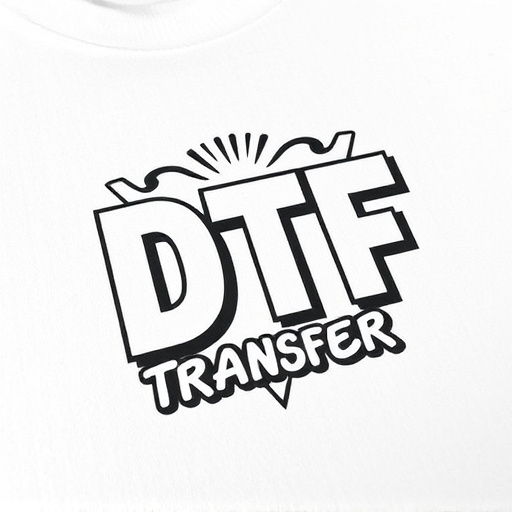
Direct-to-Film (DTF) transfers are a cutting-edge printing method revolutionizing the way we create and reproduce visuals. This technology allows for the direct application of designs onto various surfaces, including glass, metal, wood, and more, without the need for intermediate mediums like film or paper. By using advanced laser engraving and printing techniques, DTF enables precise, high-quality reproduction of intricate details and vibrant colors, making it a popular choice for custom orders.
DTF offers unparalleled speed and efficiency in production, especially for small batches or urgent requests. When you place a direct-to-film transfer order, specialized software is used to optimize the design for printing. The order is then promptly processed, ensuring quick turnaround times without compromising on quality. This makes DTF ideal for businesses or individuals seeking unique, custom prints for promotional materials, decorative items, or personal projects, all delivered swiftly and effectively.
Benefits of Quick-Ship DTF Options for Transfer Orders
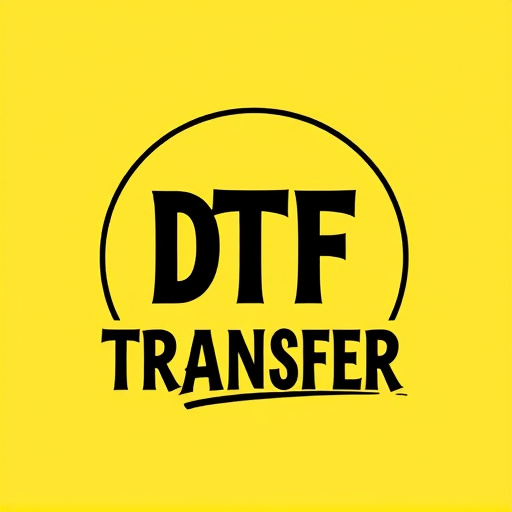
Quick-ship options for direct-to-film (DTF) transfer orders offer a multitude of benefits, revolutionizing the way businesses handle bulk DTF printing needs. By prioritizing speed and efficiency, companies can significantly reduce lead times, enabling them to meet tight deadlines and maintain customer satisfaction levels. This is especially crucial in dynamic markets where rapid response times are key to gaining and retaining market share.
Additionally, DTF transfer orders with quick-ship options ensure high-quality prints while minimizing waste, as these processes are designed to be precise and optimized for efficiency. Such orders also allow for greater flexibility, catering to a variety of industries from fashion and design to signage and packaging. This versatility, coupled with the speed, makes quick-ship DTF printing an attractive game-changer for businesses seeking both quality and convenience.
Choosing the Right DTF Printing Service Provider

When selecting a Direct-To-Film (DTF) printing service provider for your transfer orders, it’s crucial to consider several factors. Firstly, look for companies that specialize in DTF transfers and have an established track record of high-quality prints. Ensure they use advanced technologies and materials to deliver vibrant, durable DTF prints that meet your specific requirements.
Additionally, verify their turnaround times and shipping options. Quick-ship services are essential for time-sensitive orders, so choose a provider that offers expedited shipping without compromising on quality. Read reviews from previous clients to gauge their reliability, customer service, and overall satisfaction with the DTF transfer process.
Preparing Your Designs for Efficient DTF Printing
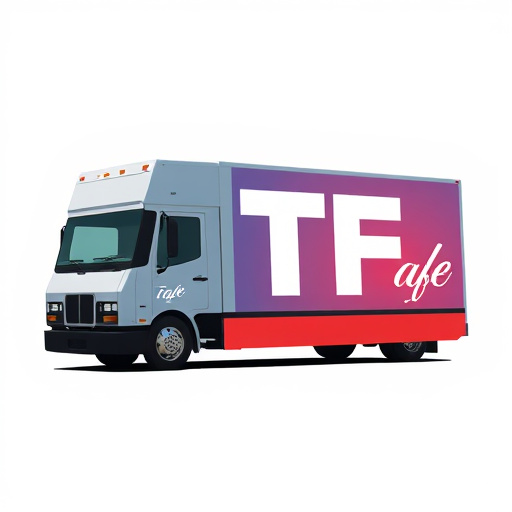
When preparing your designs for a Direct-to-Film (DTF) transfer, consider the unique requirements of this printing method. DTF Printing offers speed and efficiency, but it demands precision in design setup to ensure optimal results. Ensure your artwork is optimized with the right resolution and color profiles suitable for DTF Transfer applications.
High-quality DTF prints rely on clean lines, sharp edges, and minimal background noise. Use vector graphics whenever possible as they scale better and produce finer details. Avoid intricate fills or small text that might blur or become distorted during the printing process. Proper preparation enhances the overall quality of your final DTF Transfer prints.
Navigating Turnaround Times and Shipping Costs
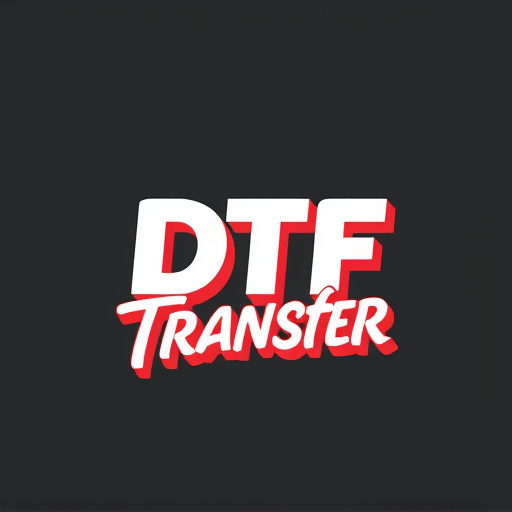
When considering quick-ship options for direct-to-film (DTF) transfer orders, understanding turnaround times and shipping costs is paramount. DTF transfer services often boast rapid turnarounds, allowing businesses to receive their prints in as little as 24 to 48 hours. However, these expedited services typically come at a premium, with higher shipping costs reflecting the urgency.
Navigating these factors requires balancing the need for speed with budget constraints. For time-sensitive projects, the convenience of faster turnaround times may outweigh the additional expense. Businesses should carefully evaluate their requirements and communicate clearly with providers to ensure they receive transparent pricing information, avoiding any surprises.
Best Practices for Successful DTF Transfer Implementation
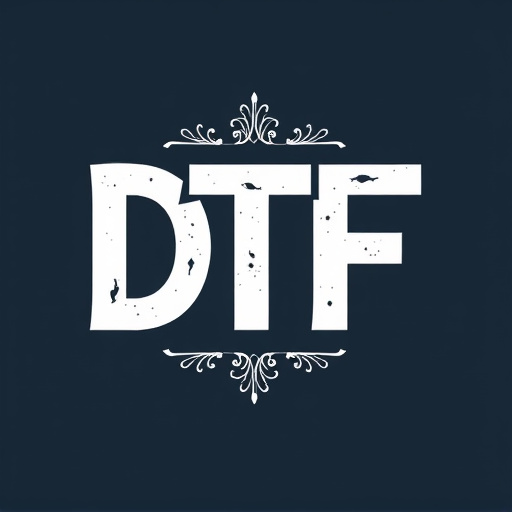
Implementing a successful Direct-to-Film (DTF) transfer process requires careful planning and adherence to best practices. Firstly, ensure your equipment is up-to-date and calibrated accurately for optimal DTF printing results. The quality of your prints heavily relies on the precision of your hardware. Regular maintenance and calibration checks are crucial.
Secondly, choose the right materials for your DTF transfer. Different films have varying properties, so select a film compatible with your printer and application. Consider factors like print resolution, durability, and adhesion to ensure the best outcome for your specific use case. Additionally, maintaining a clean and controlled environment during the transfer process is essential; dust, moisture, and contaminants can negatively impact print quality.
